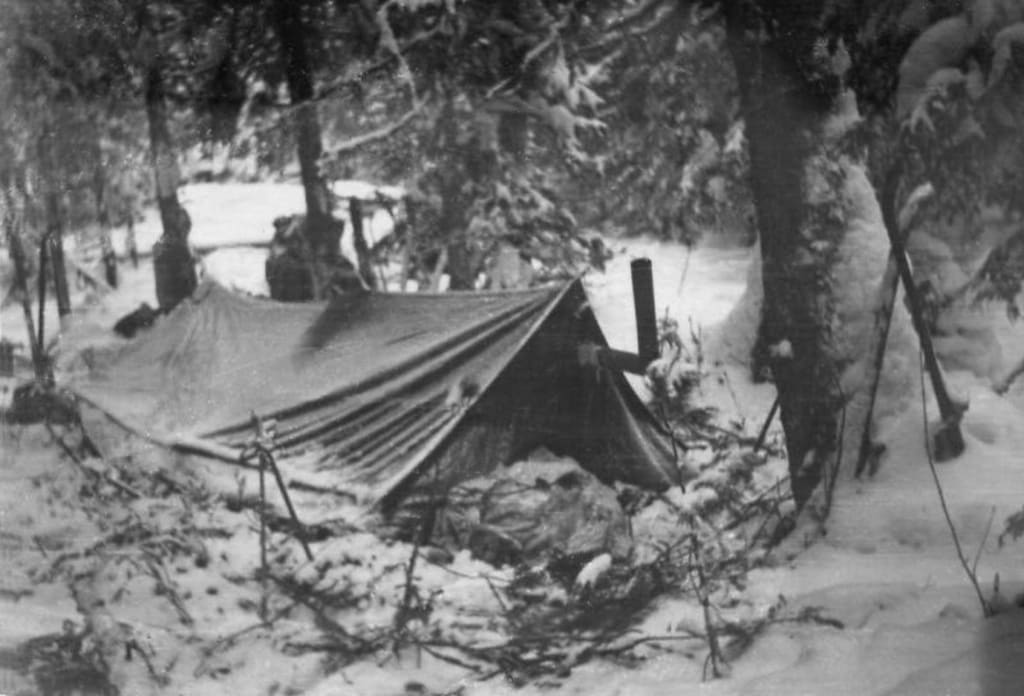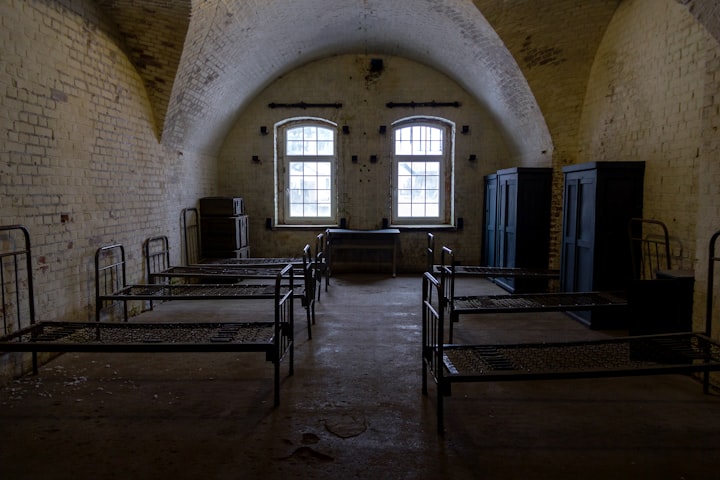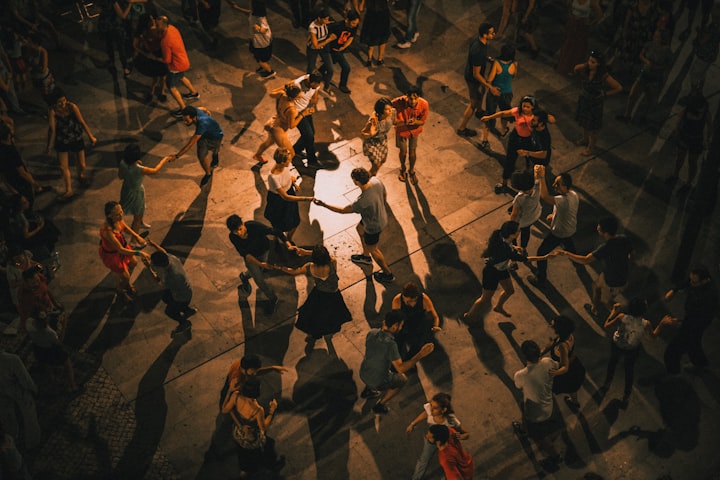
The fate of the Dyatlov's expedition is one of the greatest mysteries of the 20th century. Its members died on their way up a mountain in the Ural Mountains and their bodies had unexplained injuries which people interpreted using a number of theories. At least a partial explanation has now been provided by Swiss scientists who have created a simulation of the avalanche thanks to the film Frozen. It was this avalanche, they say, that swept away the members of the expedition.
Everything was fine, until...
In January 1959, nine students and a war veteran set off on an expedition to Mount Otorten in the Russian Urals. The expedition, named after its leader, 23-year-old Igor Alexeyevich Diatlov, carefully recorded everything on cameras and in diaries. Yuri Yefimovich Yudin also supplied details of the trip, but he left the expedition early due to health problems. However, he never saw his colleagues again.
...it wasn't
When the expedition didn't hear back, a search party set off to look for it. They found a tent covered in snow and cut open from the inside, footprints in the snow from feet wearing only socks, and then the bodies of the expedition members. Some of them were only in their underwear, others had strange injuries - broken ribs, shattered skulls, missing tongues. According to the autopsy, none of these injuries caused death.
So many theories but where is true?
Therefore, various theories began to circulate about what could have caused the deaths of the expedition members: an attack by Bigfoot, gulag refugees or a local tribe, an alien abduction, or a Soviet missile test. The final official theory was presented by the Russian prosecutor's office - the expedition was supposedly killed by an avalanche and poor visibility.
"None of the relatives of the victims believed it was an avalanche," the science magazine Nature quotes journalist Lucy Ash, who is investigating the case, as saying. She said the authorities had not provided an explanation for their claim. For example, how could an avalanche have occurred at the site? Why were there no traces of it left behind, and what does this have to do with the victims' injuries? Swiss scientists have now provided at least a partial answer.
The answer is simple
They have carried out a detailed analysis, taking help from the 2013 animated film Frozen. The scientist Johan Gaume, who studies and simulates avalanches, was immpresed by its high-quality depiction of snow movement. He said the work of the Hollywood animators was so good that he flew to their film studios to see how they achieved it.
The simulations the animators used to make the tale were then reworked by Gaume to simulate the movement of an avalanche and the effect of a mass of snow on the human body.
To make the results as accurate as possible, he used another unusual source of information - a 1970s experiment by the US car company General Motors, where they tested on hundreds of corpses the effects that car crashes can have on the human body. While rules for wearing seatbelts in cars had been established then, Gaume's team could now confirm that even a small avalanche, which the analysis suggested might have occurred in the Urals, could cause the injuries found in sleeping people. Yet they would not have died immediately from them.
Before death
What happened after the avalanche collapsed is anyone's guess. The buried members of the expedition probably cut open their tent to get out and ran toward the forest more than a kilometer away. Because the avalanche surprised them in the middle of the night, they were dressed lightly - even their shoes were left at the entrance to the tent.
The bodies of the expedition members were found in different places and the time of their deaths also differed by several hours. According to the autopsy at the time, all of them died of hypothermia.
But according to Gaume, even after his team's analysis, not everyone is satisfied with that theory. "People don't want it to be an avalanche," Gaume thinks. "It's too 'normal'," he adds.
"People like to make unlikely scenarios about death in the wilderness because we'll never know 100 percent exactly what happened," professional mountaineer Freddie Wilkinson adds.
About the Creator
Mitchelle
Hello,
I will publish articles here about various mysteries, unexplained events but also my own poetry and feeling expression.
*I'm not a native english speaker so I want to apologize for mystakes*






Comments
There are no comments for this story
Be the first to respond and start the conversation.